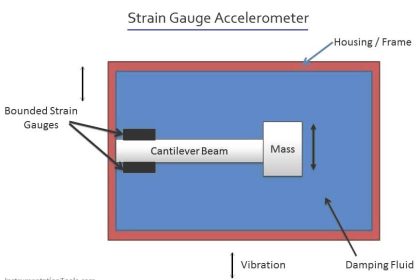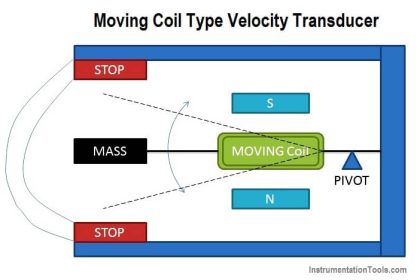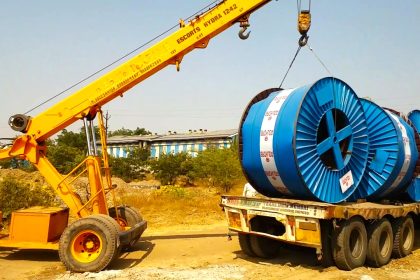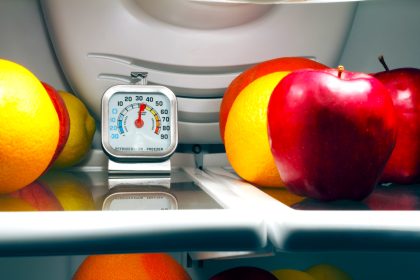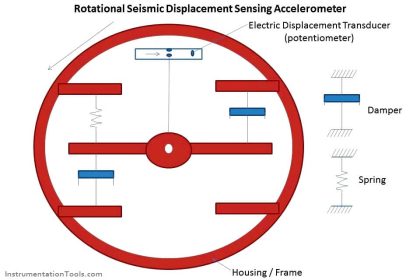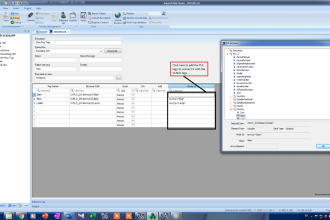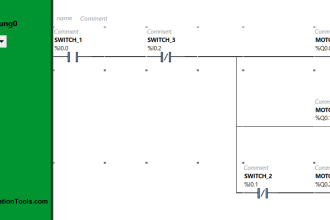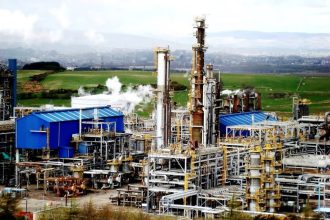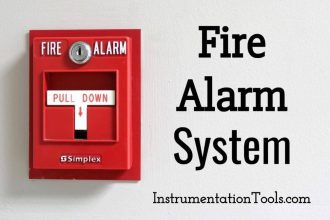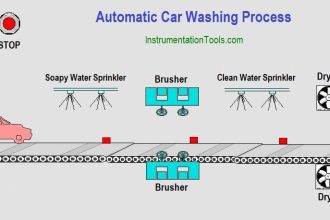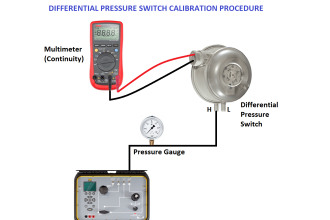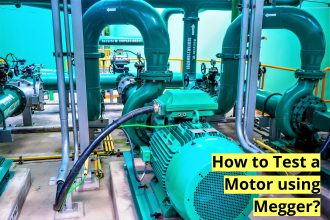In this post, we will see the working of the refrigeration cycle.
We all use refrigerants in our homes for keeping food items cool. Refrigeration is a very important part of our life, as it is used to achieve cooling purposes. It is an important theory of the HVAC domain and the cooling cycle in HVAC works basically on refrigeration only. If this cycle is not working properly, then the cooling purpose will not be attained.
Basically, this cycle keeps its goal through refrigerant gas. This is the most important part of the refrigeration cycle. The most commonly used ones are R12, R22, R134, and R410A. It easily absorbs heat from the environment and facilitates a proper heat transfer mechanism.
Because, without proper heat transfer, cooling cannot be achieved. So, in a refrigeration cycle, apart from this gas, there are four main working pillars that attain this cooling objective.
HVAC Refrigeration Cycle
Refer to the below figure; which shows that the four primary components are compressor, condenser, expansion valve, and evaporator.
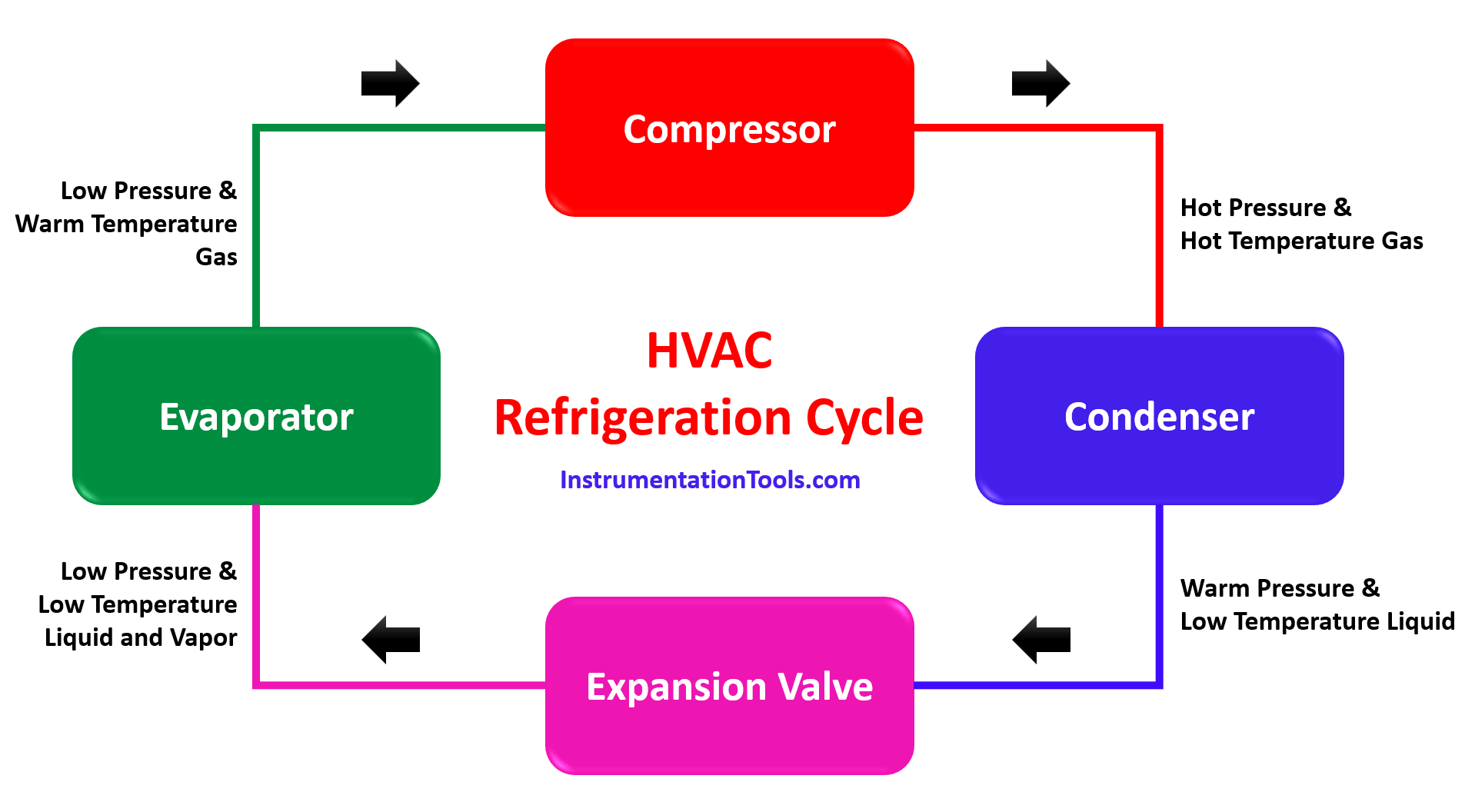
Let us have look at each one of them.
Compression
The process starts with compression. It is the heart of the refrigeration cycle. The role of the compressor, as the name implies, is to compress the low pressure and warm temperature gas entering it. If you compress a gas, its pressure, and temperature increase.
So, at the output of a compressor, you get a highly pressurized and hot gas that is ready to pump fast in the whole cycle. This is also one of the main reasons why the compressor is important because it is responsible for maintaining the flow of the vapor throughout the cycle.
A low-pressure gas will not move swiftly in the pipeline and will eventually not achieve a cooling cycle. The most common types of compressors used are reciprocating and screw.
Condensation
The next step is condensation. It is a network of spiral pipelines across which warm water or air passes.
Remember that in heat transfer, the transfer of temperature takes from hot to cold. In this case, as hot gas from the compressor passes through condenser coils, the temperature of the gas is transferred to the relatively cooler water or air that flows across the coils.
This increases the temperature of the water or air and decreases the temperature of the gas. Because the gas is now converted to liquid due to a dip in temperature, it is called condensation.
Expansion Valve
The low-temperature liquid then enters the expansion valve. As the pressure has still not decreased, the role of the expansion valve is to expand the pressure of the gas.
This expansion lowers the pressure and its output will be low pressure and low-temperature form of liquid and vapor.
Evaporator
The last stage is evaporation. When a liquid is evaporated, it vaporizes, and its temperature increases. Evaporators are nothing but heat exchangers. It is through this stage that the required cooling media of water or air passes.
In contrast to the condenser, the relatively warmer medium here is this water or air; compared to the gas media flowing from the expansion valve output.
So, as per the heat transfer mechanism, heat is transferred from the water or air to the refrigerant gas flowing through evaporator coils. This decreases the temperature of water or air and increases the temperature of the gas. The cycle then continues to the compression stage and it repeats.
Two terms are important to note with compressor – suction and discharge. The suction pressure and temperature of the compressor goes on decreasing as the cycle advances, and the discharge pressure and temperature goes on increasing as the cycle advances.
At a certain stage, the suction and discharge parameters will be maintained; when the water or air temperature is maintaining its set point at the evaporation stage. So, suppose you have started the cycle at 35 deg.C of water in the evaporator.
According to the design, for example, the required setpoint is 22 deg C. The refrigeration cycle will then work to maintain the temperature at around 22 deg C.
Abnormal conditions like very low suction parameters and very high discharge parameters will abort the cycle and indicate to the user that something is wrong in the stage.
In this way, the refrigeration cycle works in achieving cooling purposes.
Read Next:
- Types of HVAC Chillers
- HVAC Heat Transfer Loops
- Automation used in HVAC
- HVAC Objective Questions
- Valves in HVAC System

